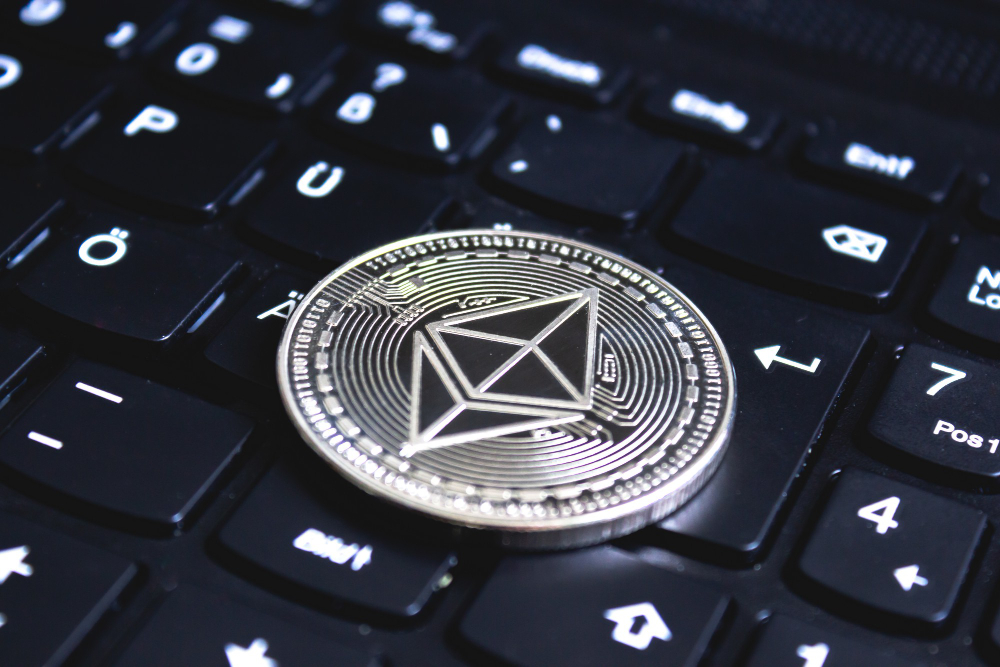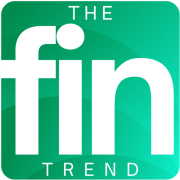Understanding This New Lending Model
The United States is one of the main hubs of innovation in decentralized finance (DeFi), with technology clusters in New York, Miami, and San Francisco.

As a result, one of the topics gaining the most relevance is DAO-based lending (Decentralized Autonomous Organizations)—an evolution that promises to drastically change the dynamics of the global credit market.
The Context: DeFi and the Credit Challenge
The DeFi sector emerged as an alternative to the traditional financial system, allowing anyone with a digital wallet and internet connection to access services such as staking, yield farming, stablecoins, and loans.
However, while products like decentralized exchanges (DEXs) and liquidity pools saw rapid adoption, the credit market has always been a challenge.
This is because lending involves trust and risk, something that blockchain inherently seeks to minimize through transparency and automated rules.
Traditional lending models usually require physical collateral, as well as credit analysis based on history—two practices that do not fit well with the blockchain philosophy.
It is into this gap that DAOs enter.
The Role of DAOs
DAOs are decentralized autonomous organizations structured by smart contracts that enable collective governance.
The concept is already under debate at blockchain conferences and among startups seeking to formalize themselves within local legislation, particularly in states such as Wyoming, which has recognized DAOs as legal entities since 2021.
In the specific case of DeFi lending, DAOs act as communities that define credit rules, interest rates, liquidation processes, and risk parameters. This replaces the need for a centralized bank or a traditional financial institution.
In a DAO lending protocol, governance token holders can vote to define the maximum accepted Loan-to-Value (LTV) ratio, which assets can be used as collateral, and even approve or reject changes in the liquidation structure.
Emerging Use Cases in the U.S.
Aave and its transition to Aave DAO
Originally launched as a centralized DeFi lending protocol, Aave has progressively migrated toward a DAO model. Today, decisions such as adding new markets, adjusting interest rates, and setting risk parameters are voted on by the community.
MakerDAO and institutional collateral
MakerDAO, best known for the DAI stablecoin, has already integrated collateral based on real-world assets (RWAs), including U.S. Treasury bonds. This move shows that DAO-based credit can connect to the traditional financial system, creating unprecedented bridges between Wall Street and blockchain.
DAOs focused on corporate credit
In cities such as New York, some fintechs are exploring DAOs as an alternative for small business loans. Instead of depending on regional banks, merchants can raise capital through DAO-managed pools, where investors receive returns in tokens.
Advantages of DAO Lending
- Transparency: all risk parameters, fees, and collateral are auditable in real time on the blockchain, backed by the security of the system itself.
- Democratic governance: instead of unilateral decisions by banks, participants themselves decide the direction of the platform.
- Global access: anyone with an internet connection can participate as a lender or borrower, reducing geographic barriers.
- Cost efficiency: by eliminating intermediaries, DAOs reduce administrative fees and increase competitiveness.
Challenges and Limitations
Despite the enthusiasm, there are still significant hurdles, such as
- Regulatory risk: In the U.S., the SEC and CFTC closely monitor DeFi protocols. The classification of governance tokens and compliance requirements remains uncertain for all stakeholders.
- Concentrated governance: although the proposal is decentralized, in many DAOs, a few players with large token holdings end up dominating the voting process.
- Credit risk management: even with on-chain collateral, cases of forced liquidations and oracle failures still generate losses for investors.
- Scalability: not all blockchains provide efficient infrastructure to process thousands of credit transactions in real time.
The Future: Scalable Decentralized Credit
The future of DAO-based credit in the U.S. will likely be hybrid: a combination of real-world assets (such as bonds, real estate, and even corporate receivables) with native crypto collateral.
As next-generation blockchains improve scalability and reduce transaction costs, we will see DAOs competing directly with mid-sized banks and P2P lending platforms.
At the same time, the evolution of decentralized identities (DIDs) may allow protocols to reduce their reliance on oversized collateral, creating a credit system closer to the traditional model.
